Texapon properties
Texapon properties
Texapon N70 is a sodium laureth sulfate. Texapon usually used in clear and pearlescent, medium to high viscosity shampoos, and detergents products. Texapon a high active ether sulfate manufactured from a special mid-cut fatty alcohol containing an average of 2 moles of ethylene oxide with maximum control of unwanted by-products, including those causing color and odor.
Texapon dissolves easily and in any proportion in water and has a high stability compared to hard water. Sodium lauryl ether sulfate is known by the brand name Texapon which is an anionic surfactant and is one of the most common chemical compounds.
Texapon is available in both N70 and oyster shell forms. Texapon oysters have less purity than N70 and are used in the production of oyster and opaque detergents such as shampoos. Texapon N70 is a high-viscosity paste used in the production of clear detergents.
Texapon contains a small amount of salt, which when diluted in water at normal concentrations shows low viscosity, and when sodium chloride and alkanolamide surfactant are added to it, its viscosity will be adjusted. The softness of Texapon is more when mixed with be taine, than the softness of each alone.
Texapon applications:
Texapon is used as a common detergent in most head and body health products. Texapon has good foaming properties, Texapon has good foaming properties, but Texapon s foam is not light and creamy, and Texapon disappears in the presence of fats, and Texapon dissolves easily in hard and ordinary water with a lot of foam and is compatible with other additives.
Texapon has a skin irritating nature and damages the structure of the two layers of fat in the skin, increasing the subtle evaporation of the skin and its dryness. Therefore, if Texapon is combined with other anionic, amphoteric and non-ionic surfactants, the quality and amount of foaming and washing will be provided at the desired level.
Texapon also can be diluted with triethanolamine, if needed. Texapon is used in most commercial detergents such as dishwashing liquid and industrial cleaners (floor cleaner, carwash liquid, oil remover) and in more than 90% of sanitary and cleansing materials such as toothpaste, soap, shampoo, cream and Lotion is a foaming and cleansing liquid and is one of the raw materials for cosmetics.
Texapon and its productions :
Texapon is produced by Autoxidation of a fatty alcohol such as coconut oil. As a result, Texapon is converted to a semi-ester of sulfuric acid and neutralized by converting it to sodium salt.
Texapon Harms:
Texapon Skin damage: Sodium lauryl sulfate and other anionic surfactants extensively damage the skin’s covering tissue. In fact, most skin reactions to health products are due to the surfactants they contain. The compound also has destructive properties that are often deliberately used in clinical trials to degrade the skin.
Texapon Oral Injury: Sodium lauryl sulfate not only damages the epidermal layer of the skin, but is extremely harmful to the oral mucosa. This is important because the compound is often used in toothpaste. Studies show that sodium lauryl sulfate is a harmful compound for oral tissues.


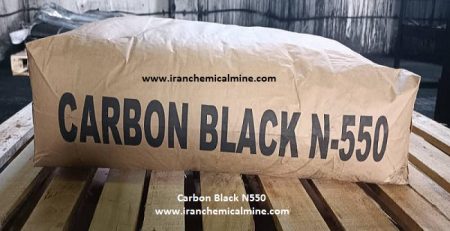
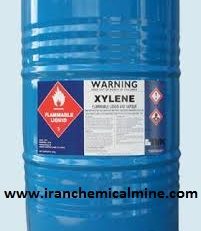
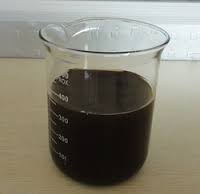
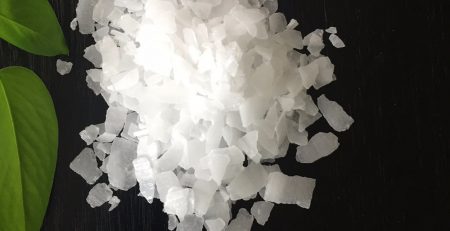
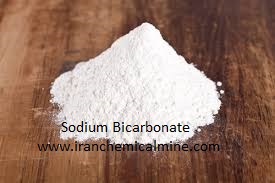
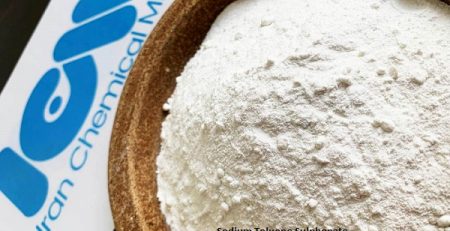
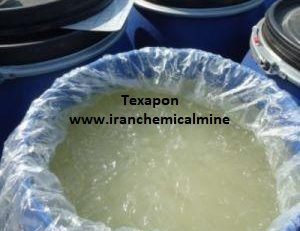
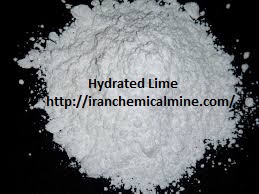
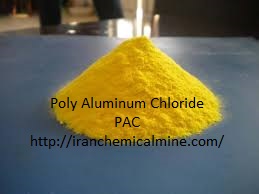
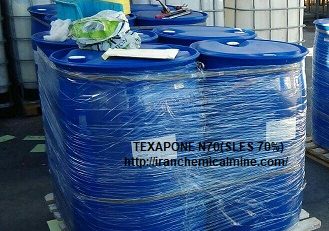

Leave a Reply